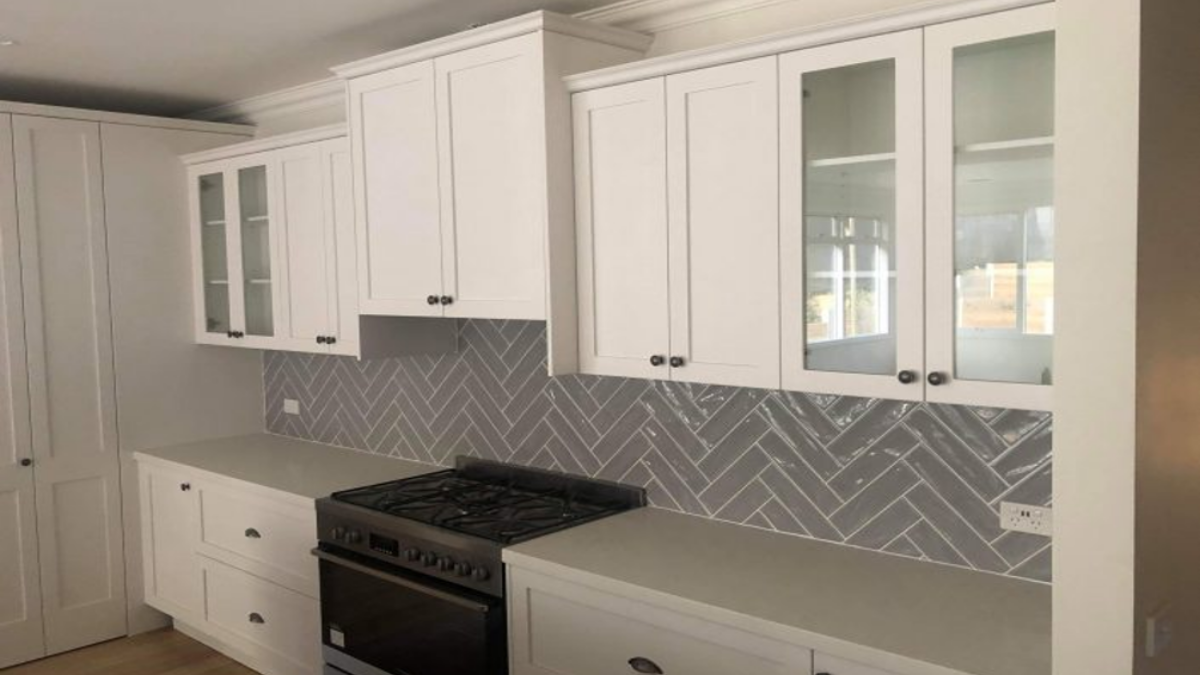Are you remodelling your home kitchen or bathroom? Is your commercial building due for re-caulking? If you’re wondering whether you really need fire sealant in your building, then this article is a must-read.
Whether you’re remodelling, or simply updating the sealant to the gaps in your building, it’s always a good idea to opt for fire-rated caulking recommended by the experts. Not sure what the difference is, and how it benefits your space, keep reading.
How Does Fire Caulking Differ From Regular Caulking?
Regular commercial or residential has been designed to seal gaps to prevent air infiltration and water damage. Fire caulking, also sometimes referred to as fire-stop products, is designed to seal joints and gaps to enhance fire safety in commercial and industrial buildings. You can, however, add it to your residential space to enhance your fire safety measures.
How Does Fire Caulking Work?
Fire caulking typically works by expanding when it’s exposed to heat. This then fills any gaps and joint openings and in the process maintains the integrity of fire-rated barriers. Injecting this type of caulk into any openings will eliminate any drafts of air from fueling a fire.
Experts will also add fire caulking to areas that carry a high risk of smoke or fire spreading. In commercial and industrial buildings, it may be used all over, whereas in your residential space, you may opt to only add it to potentially highly combustible areas such as kitchens.
Add an Extra Layer of Security to Your Fire Prevention
Every home or business owner takes a considerable amount of precautions to ensure that their building is as safe from fires as possible. However, many people neglect one of the simplest precautions. Here’s our list of the top reasons why adding fire caulking to your building is an absolute must.
1. Fire Caulking Expands
As we’ve already mentioned, fire caulking is designed to expand. This means that as the sealant heats up, it expands and completely fills the joint or gap where it has been placed.
Fire caulk will typically expand when it reaches a temperature of 90°C (200° F) and as it expands, blocks out any smoke or fire which could prevent damage or even keep smoke out of a room where people are.
2. Facilitates Fire Containment
Fire caulk is most effectively used in fire-resistant walls, partitions, and floors. This makes it an effective way to prevent the spread of fire, toxic gases, and smoke from spreading from one space to another.
Containing the spread of fire or harmful gases may make it easier for building occupants to move to a safe room or if possible, evacuate. Creating spaces where smoke or any harmful fumes can’t get in also gives emergency services more time to control the fire.
3. Ensures Your Building is Compliant
The type of building and the reason it’s used will determine the type of building codes and regulations that need to be adhered to. This usually applies to buildings such as commercial kitchens, warehouses, or industrial spaces.
As per Australian Regulations, these buildings need to have fire-rated caulking to be compliant with fire safety standards. Opting for fire caulking right off the bat ensures that your building is not only safe but also compliant.
4. Adheres to Insurance Requirements
Many current insurance policies may also require fire-rated caulking to be installed in the whole or specific areas of your building. This then forms part of your fire prevention protocols. Maintaining your fire caulking ensures that you always meet your coverage requirements.
5. Durability adds to Longevity
Since quality fire caulking sealants can withstand extreme conditions and temperatures, they can easily offer long-lasting performance. This, in turn, ensures that the seal remains effective and intact over time. Using a durable product will ultimately minimise the need for regular reapplication.
6. Can Protect Structural Integrity
Structural integrity is an important aspect of ensuring that your building is compliant, stable, and safe. This is especially essential during a fire.
For the most part, fire-rated caulking aids in protecting the structural elements of a building when it slows down or stops the spread of fire to critical areas. Taking measures to maintain the integrity of your building’s structure will increase its overall safety and stability.
7. Could Minimise Smoke Entering the HVAC
A spreading fire quickly finds its way to HVAC units and electrical systems. This can then cause smoke to fill all the rooms of the building quite quickly. Smoke inhalation can cause severe health issues and may even be fatal. Keep your employees, customers, and other guests safe by ensuring that smoke can’t enter a space through gaps, cracks, or joints.
Final Thoughts
It’s clear that adding fire caulking to your building will ensure that your building has an additional layer of fire protection. Switching to, or adding it for the first time, will keep you updated with building code regulations and help you create a crucial line of defence against the severe effects of a fire. Getting it done sooner rather than later will also add to your peace of mind!


